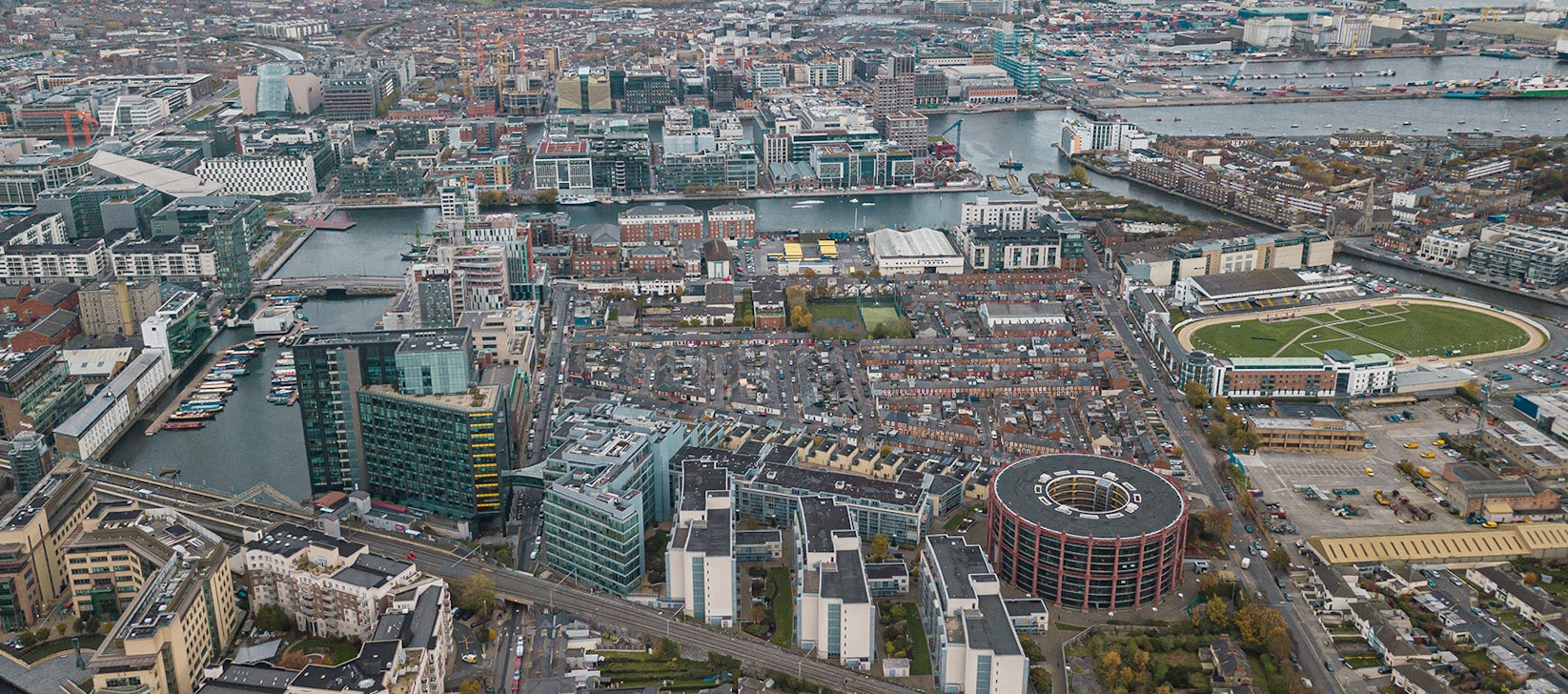The value of retail spending by consumers in Dublin remained broadly stable in Q4 2022, in spite of concerns surrounding inflation and its impact on disposable incomes.
The latest MasterCard SpendingPulse™, produced on behalf of the four Dublin Local Authorities, shows growth rates in Dublin retail spending of 1.2% QoQ and 6% YoY (SA) which are in line with typical retail activity levels for the Capital, and represent a more ‘normalised’ level of activity compared to the quarters immediately following the pandemic.
The most significant QoQ spending growth in Q4 was in Entertainment where sales expanded by 4.6%. This was a weaker rate of growth than in each of the previous five quarters, yet underlined the lingering appetite for hospitality amongst consumers in Dublin. Household Goods sales also remained on a promising trajectory with growth of 1.6% QoQ in spending on big-ticket domestic items. Growth rates for expenditure on Discretionary goods and Necessities were less significant, yet positive at 1.1% and 0.8% QoQ respectively. The prominence and unrelenting expansion of sales via eCommerce platforms also continued in Q4, with growth of 1.5% QoQ.
Mastercard SpendingPulse (Total)
Growth in retail spending of 6% YoY in the Capital was primarily driven by an expansion of 38.1% in expenditure at hotels, bars and restaurants as hospitality’s recovery continued. Discretionary expenditure also contributed significantly, growing by 14% YoY in the quarter.
At the national level, spending grew by 4% YoY. This was also primarily driven by Entertainment and Discretionary spending which expanded at respective rates of 41.2% and 7% YoY. eCommerce remained a robust performer at the national level across 2022 as growth rates for spending via online platforms equalled or exceeded 8% YoY in each quarter, including Q4 (+9.8%).
Dublin Tourist Spending Remains Stagnant in Q4
Spending levels amongst visitors to Dublin largely stagnated (-1% QoQ) in the final quarter of 2022. This disappointing outturn is at odds with the national level where spending grew by 3.7% QoQ, and followed another minor reversal in Dublin spending in Q3 (-0.5% QoQ). Declining expenditure amongst American visitors to the Capital appears to be the main contributory factor. Spending by visitors from that market dropped by 6.8% QoQ in the final quarter. Despite this, Q4 was far more encouraging in terms of QoQ spending growth amongst visitors from Dublin’s other key tourist markets – notably the UK (+17.6%), Germany (+15.7%) and France (+8.7%).
Mastercard SpendingPulse: Dublin Tourist Spend
In Q4 overall retail sales YoY growth rates in both Dublin as well as Ireland showed more stability than compared to the quarters immediately following the pandemic. Overall retail sales growth rates of 6% YoY for Dublin and 4% YoY for Ireland are in a range that is more typical for general retail economic activity. Some sectors, such as Entertainment, remain elevated as we continue to recover from some suppressed activity a year ago, though many sectors are showing more typical growth in the low-to-mid single digits.
MICHAEL MCNAMARA, GLOBAL HEAD OF SPENDINGPULSE, MASTERCARD






